SCART®: the beautiful and useful aspect of waste
Focus
Focus
Category Facet
Custom Facet
Search Results
-
Web Content Article · written-by Mario Egidio on-date May 26, 2024 12:29 PM
Categoria Progetto: Energy Efficiency Innovation Heratech Project Circular Economy Water Project -
Web Content Article · written-by Palvi Andrea Tonziello on-date Aug 4, 2020 5:25 PM
An investment of Euro 37 million. A plant that disposes of 100 thousand tonnes of organic waste produced by separate waste collection and another 35 thousand tonnes coming from green waste and...
circulareconomy Categoria Progetto: Heratech Project Innovation -
Web Content Article on-date Aug 4, 2020 5:20 PM
District heating is already in itself a "sustainable" and environment-friendly solution, because it can guarantee better performance than traditional domestic boilers. In addition, the plant...
Categoria Progetto: Heratech Project Energy Efficiency -
Web Content Article on-date Aug 4, 2020 5:12 PM
Since 2017, we have been developing a measuring system, conceived by Hera Luce, which analyses the materials used in public lighting. What's the target? Making their life cycle circular, as well.
Categoria Progetto: Energy Efficiency Circular Economy -
Web Content Article on-date Aug 4, 2020 5:08 PM
Producing electricity and heat from non-reusable waste. How? In a waste-to-energy plant: it's a safe and legally compliant plant and an energy resource for the local area.
Categoria Progetto: Energy Efficiency Circular Economy -
Web Content Article · written-by LUCIA ALGISI on-date Aug 4, 2020 4:49 PM
By 2024, Rimini's beaches will be 100% fit for swimming thanks to the Rimini Optimised Seawater Protection Plan (Piano di Salvaguardia della Balneazione Ottimizzato - PSBO). Discover the most...
psbo Categoria Progetto: Heratech Project Circular Economy Water Project -
Web Content Article on-date Aug 4, 2020 4:21 PM
What's Ferrara's green secret? It's underground, where a geothermal basin feeds its district heating system. The result? 87% of the thermal energy distributed in the city is "clean" and we avoid...
Categoria Progetto: Innovation Energy Efficiency Circular Economy -
Web Content Article on-date Aug 4, 2020 4:07 PM
We have installed a turbo expander at the R&M stations of Ducati's factory in Bologna. The goal is to recover electricity from the decompression process of methane gas.
circulareconomy Categoria Progetto: Innovation Energy Efficiency -
Web Content Article on-date Aug 4, 2020 3:32 PM
Thanks to Imola's cogeneration plant, which produces electricity and heat from a single source, the city and its district are completely self-sufficient in case of blackouts. Find out more about...
Categoria Progetto: Heratech Project
Asset Publisher
Waste can become sofas, lamps, games, and musical instruments. But even stage sets, art objects and installations. How? We'll tell you about it in this project.
To transform waste into art and everyday objects to raise awareness and positively influence the mentality of recovery and reuse.
This has been the goal of the SCART® project for over 20 years. It is an ecological initiative based on the desire to breathe life back into materials that become waste every day. The result is, sofas, armchairs, tables, chairs, lamps, drawers, games, musical instruments, clothing, and installations, but also scenery for shows and costumes.
There are many initiatives at the Italian and international levels under the SCART® brand.
From the prestigious conventions with the Academies of Fine Arts of Florence, Bologna and Ravenna which, every year, involve numerous students in seminars and workshops at the Hera Group's facilities in Santa Croce sull'Arno and Pisa, to the creation of costumes and stage components (for example, for Andrea Bocelli's 2012 concert at the Teatro del Silenzio in Lajatico).
Also, on the occasion of the 2019 edition of the Barcolana, the historic international sailing regatta held every year in the Gulf of Trieste, the symbolic "Alice" was made from waste: a giant 10 metre long sardine was set up in Piazza dell'Unità, using about 5 thousand bottles and plastic bottles.
SCART® is an invitation to reflect on new intelligent, creative, and above all sustainable lifestyles and contributes to achieving targets 12.2, 12.4, 12.5, and 12.8 of the UN’s 2030 Agenda.
Search Bar
Tag Facet
Search Results
Asset Publisher

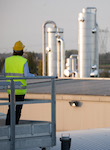



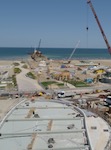

.jpg/468d051b-ba80-83a6-359d-7ef55eefd940)
.jpg/9565bb79-c635-94a1-62b9-d0a45db370e3)
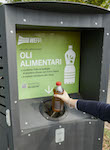
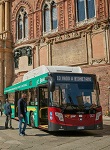
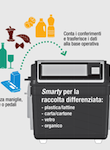
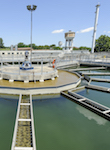
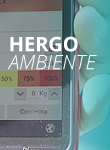
.jpeg/1d0e0770-1094-b22b-fce4-099f27c72978)